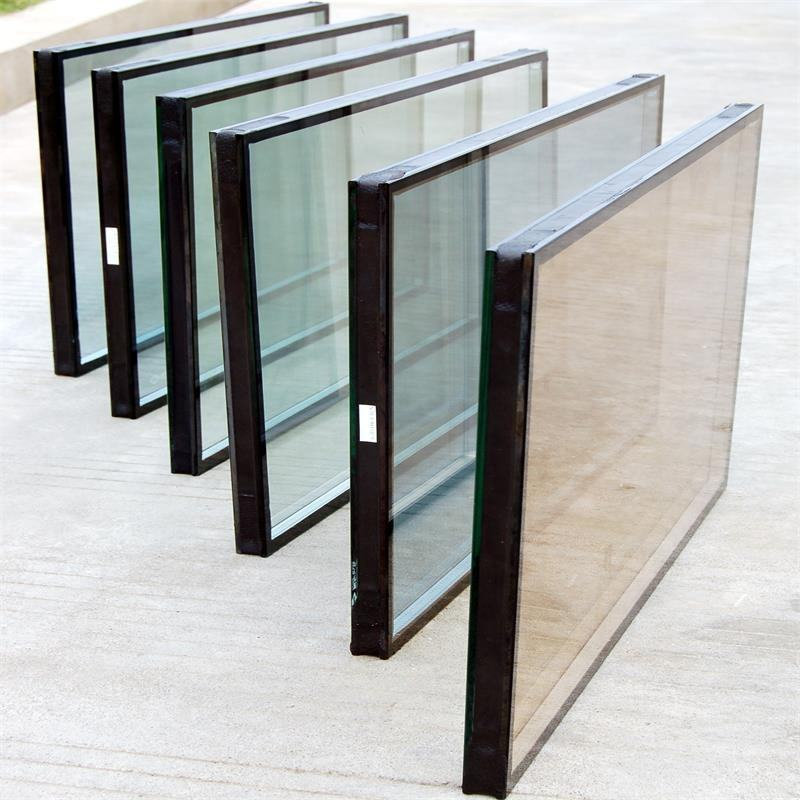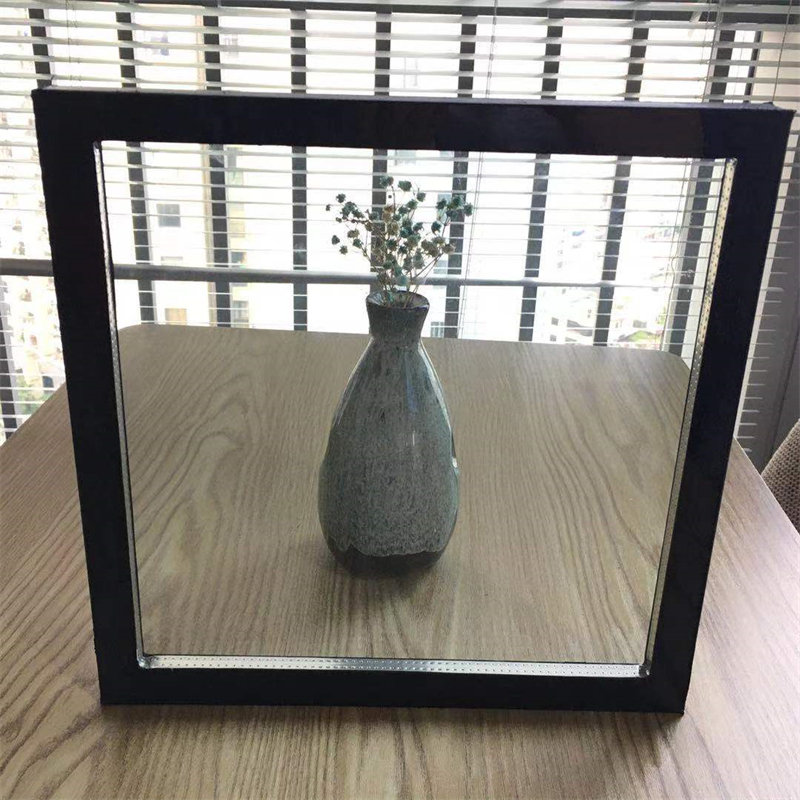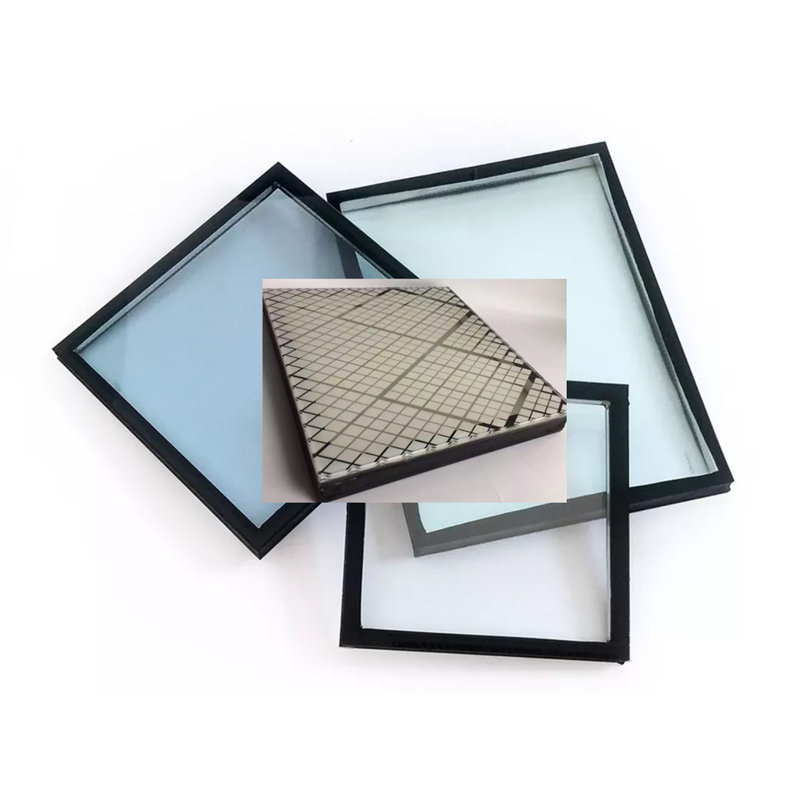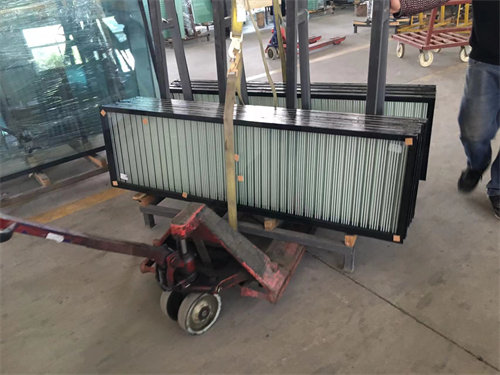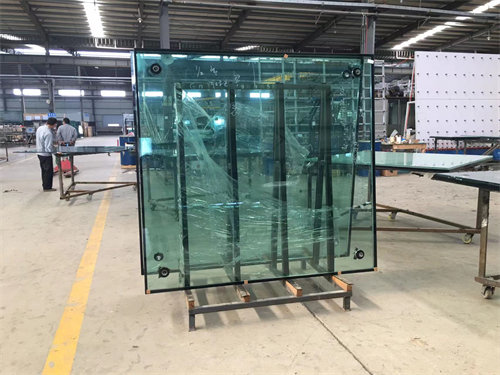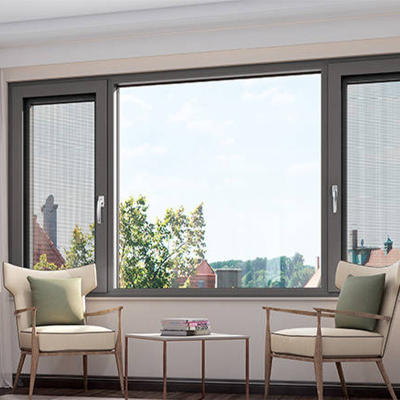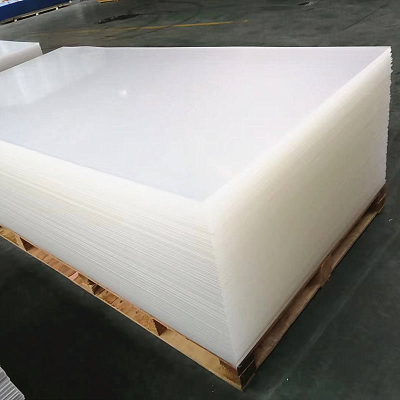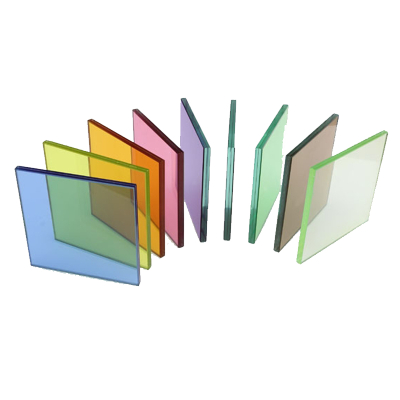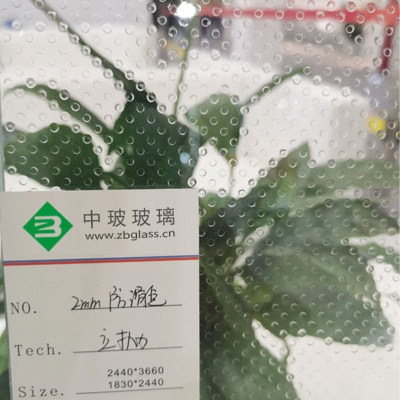Low-e Glass
1. Energy Efficiency: Low-e glass reduces heat transfer, resulting in improved insulation and energy savings. It helps to keep the interior temperature stable, reducing the need for heating or cooling.
2. UV Protection: Low-e glass blocks a significant amount of harmful UV rays, protecting furniture, flooring, and other interior elements from fading or damage caused by prolonged sun exposure.
3. Enhanced Comfort: By reducing heat transfer, low-e glass helps to create a more comfortable indoor environment by minimizing heat gain in summer and heat loss in winter.
Product Description
Low-e glass, short for low-emissivity glass, is a type of glass that has a microscopically thin coating on its surface to reduce heat transfer and increase energy efficiency. It reflects and absorbs heat, keeping indoor spaces cooler in summer and warmer in winter. Low-e glass also helps to block UV rays, protecting furniture and fabrics from fading. It allows natural light to enter while reducing glare. With its energy-saving properties, low-e glass is commonly used in windows, doors, and other architectural applications.
Product Advantages
1. Energy Efficiency: Low-e glass reduces heat transfer, resulting in improved insulation and energy savings. It helps to keep the interior temperature stable, reducing the need for heating or cooling.
2. UV Protection: Low-e glass blocks a significant amount of harmful UV rays, protecting furniture, flooring, and other interior elements from fading or damage caused by prolonged sun exposure.
3. Enhanced Comfort: By reducing heat transfer, low-e glass helps to create a more comfortable indoor environment by minimizing heat gain in summer and heat loss in winter.
4. Glare Reduction: The reflective coating on low-e glass helps to reduce glare caused by direct sunlight, creating a more visually comfortable space.
5. Noise Reduction: Some types of low-e glass have sound insulation properties, reducing the transmission of outdoor noise, resulting in a quieter interior environment.


